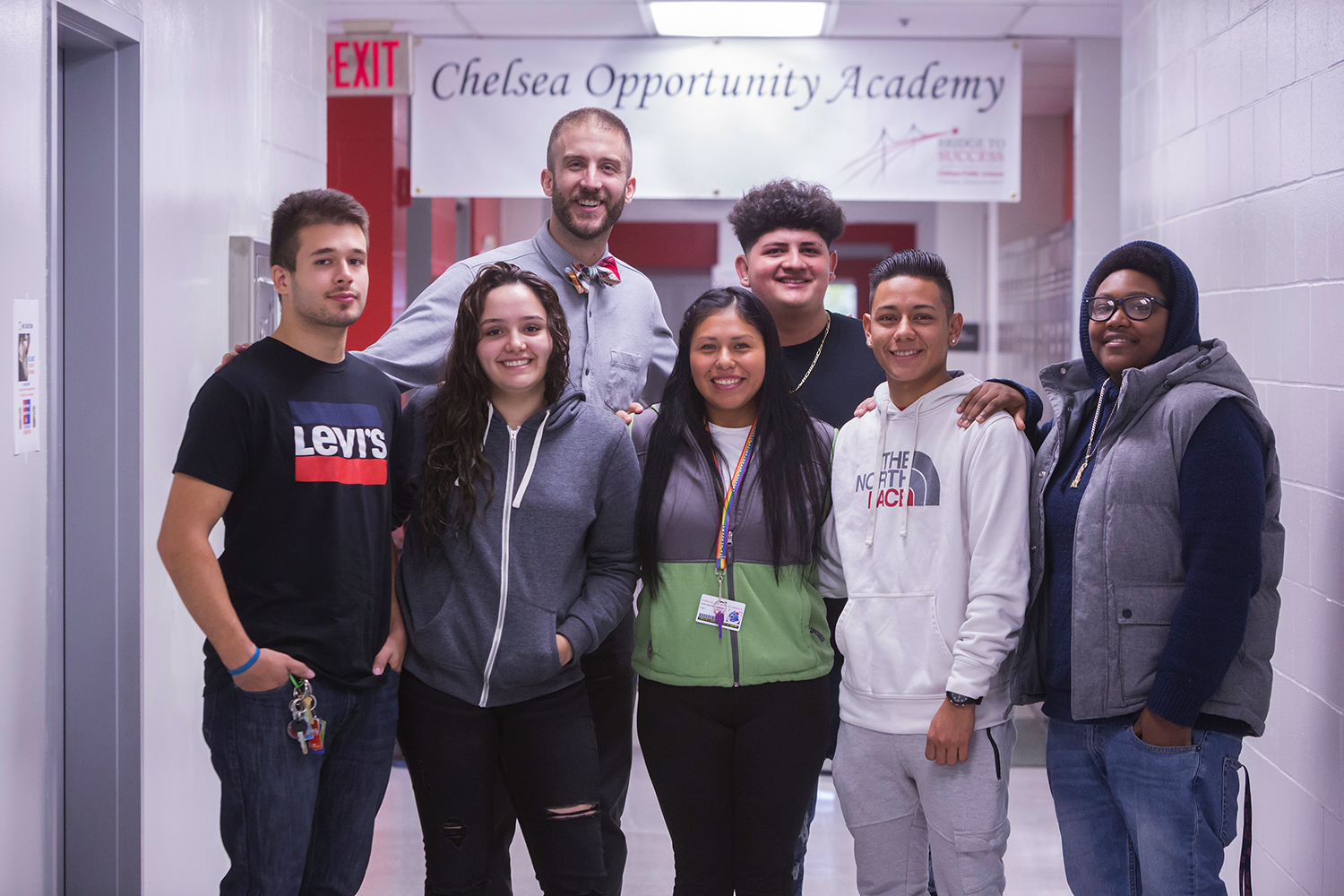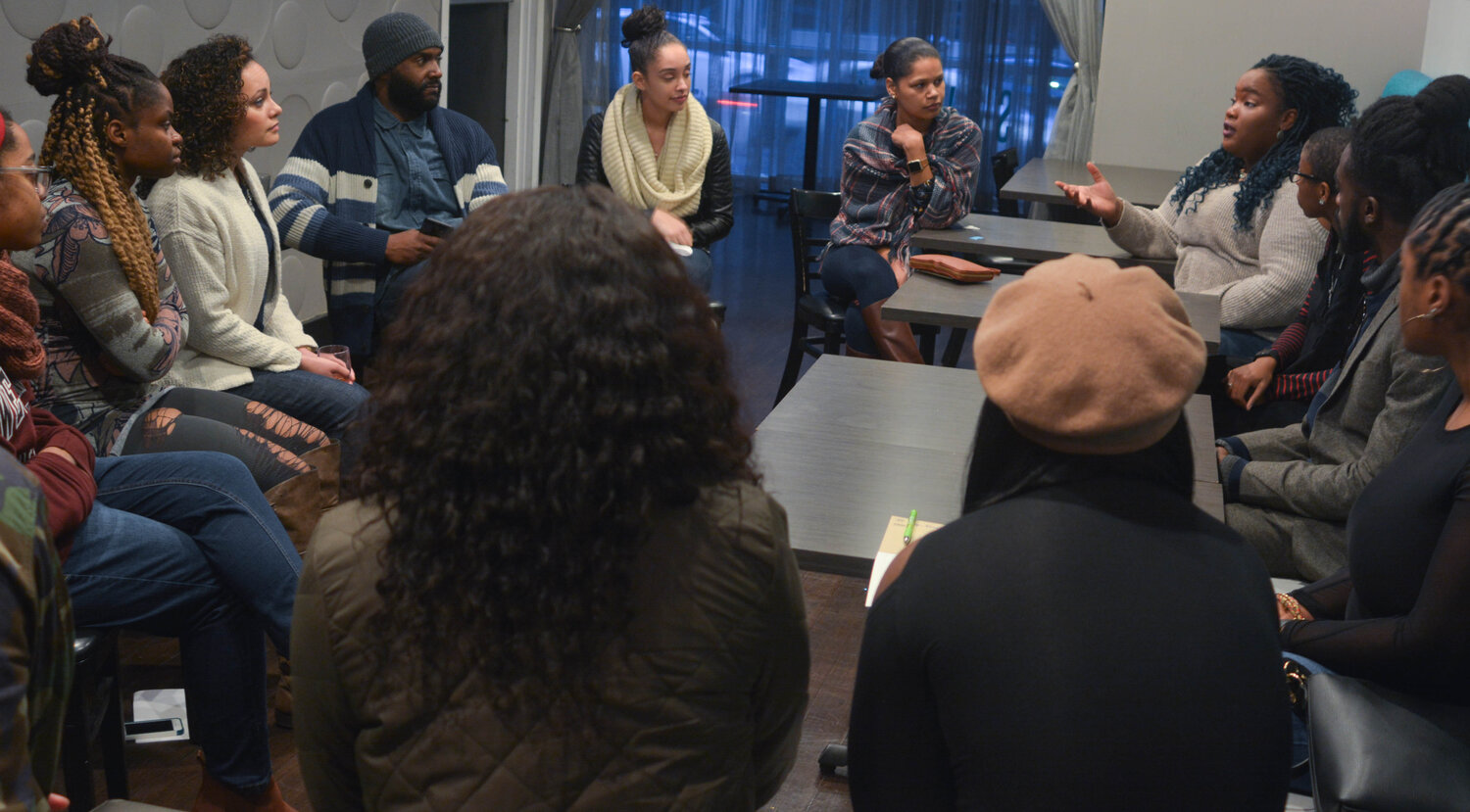Barr’s Education program believes that all young people are worthy of a fantastic high school experience that supports them to flourish during their adolescent years and prepares them to pursue their dreams and goals. But what do excellent and equitable high schools look like in practice?
While high schools may look different, there are some common elements that we believe contribute to excellent high schools. High schools should be designed for their local context and informed by students, teachers, school leaders, families, other community members, and the practices and lessons of other schools. No one program or initiative can provide the solution, but the Indicators of School Quality provides a solid foundation.
Barr’s Education program has used the Indicators of School Quality framework since 2018 to support our partners as they strive toward excellence and equity in New England high schools. The framework was developed by our partner Springpoint to articulate what high quality high schools look like in practice. The framework provides seven interconnected components that are key to creating a high-quality, equitable, student-centered experience for all young people.
The key categories of focus within the framework are:
- Coherent Mission
- Positive School and Classroom Culture
- Rigorous and Purposeful Learning Experiences
- Academic Systems
- Student Supports
- College and Career Planning
- Strategic Development and Use of Resources
We love this framework because it provides us with:
Common language for what matters most to advance quality high schools, while allowing for custom approaches for implementation, based on the unique context of assets, needs, and dreams of individual schools and communities.
A comprehensive look at high school design – lifting up all key components of what matters in high school, while also providing nuance within each component on how each and every part of high school design is connected to advancing student equity.
A cohesive approach to high schools grounded in the tenets of positive youth development that puts equity front and center.
The Indicators of School Quality framework helps to demonstrate how our partners’ efforts—regardless of entry point or focus—connect to one another and to the larger aim of ensuring that all young people in New England, and especially young people who are systemically marginalized, get the learning experiences and support they need to soar. We are excited to share how some of our partners have been using the Indicators of School Quality across our three strategy areas: Build Public Will, Catalyze New Models, and Invest in Educators.
Many of Barr’s Build Public Will partners are advocating for policy and practice changes related to one or more of the seven Indicators of School Quality. For example, our partners at Citizens for Juvenile Justice are focused on reducing reliance on school hardening and exclusionary discipline (components of Indicator 2 – Positive School Climate and Culture). Our partners at the Massachusetts Business Alliance for Education are advocating to improve and streamline college and career preparation, while the team at uAspire is focused on improving college affordability (both tied to Indicator 6). Others yet, such as GreatSchools, Inc., are using the Indicators of School Quality framework as the basis for resources and training tools for families and community leaders, aimed at helping them advocate for change in their schools.
Across our Catalyze New Models’ grantee schools, Barr has partnered with Springpoint to provide school observation visits anchored in the Indicators of School Quality framework since 2019. Observation visits are a key component of our Education Team’s outcomes measurement strategy to monitor progress over time. The visits are structured to provide school teams a snapshot of current school practice and to provide developmental feedback that informs each school’s ongoing work to equitably serve all students. Barr partner schools have consistently shared that the observation visit process is highly valuable for their continuous growth and improvement. Ron Schmidt, principal of Chelsea Opportunity Academy, Chelsea Public Schools (MA) shared the following quote:
Indicator 3 highlights the importance of ensuring consistently “Rigorous and Purposeful Learning Experiences” for students. Since 2019, the Strengthening School Leadership cohort within the Invest in Educators strategy has been building the leadership infrastructure necessary to make strides within instruction. By implementing strategies such as a shared instructional vision, distributing leadership, or examining the role principal supervisors could play as instructional coaches has been helping build the system-wide capacity necessary to drive coherent instructional improvement. Partner participants Holyoke Public Schools, Springfield Empowerment Zone Partnership, Gardner Public Schools, and Leominster Public Schools, along with their respective technical assistance partners Relay Graduate School of Education, School Empowerment Network, and the Lynch Leadership Academy at Boston College have made great strides.
We look forward to continuing to learn alongside our partners and to leveraging the Indicators of School Quality framework to further our goal of transforming the high school experience to advance equity and excellence for young people.




